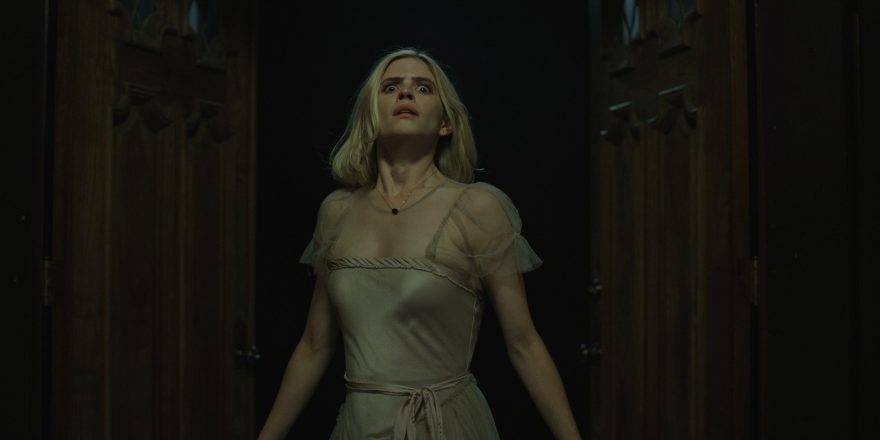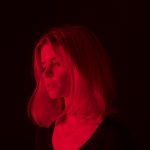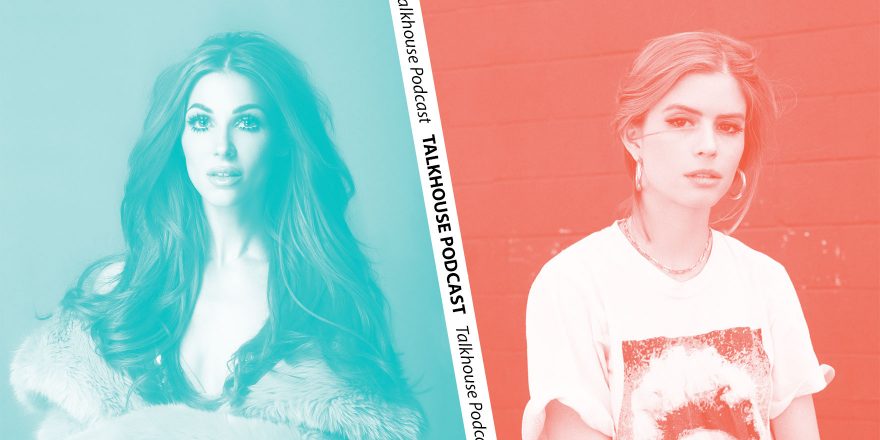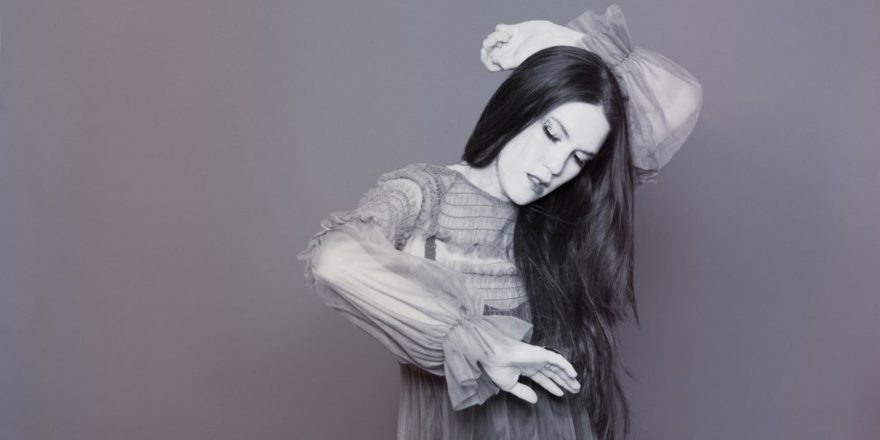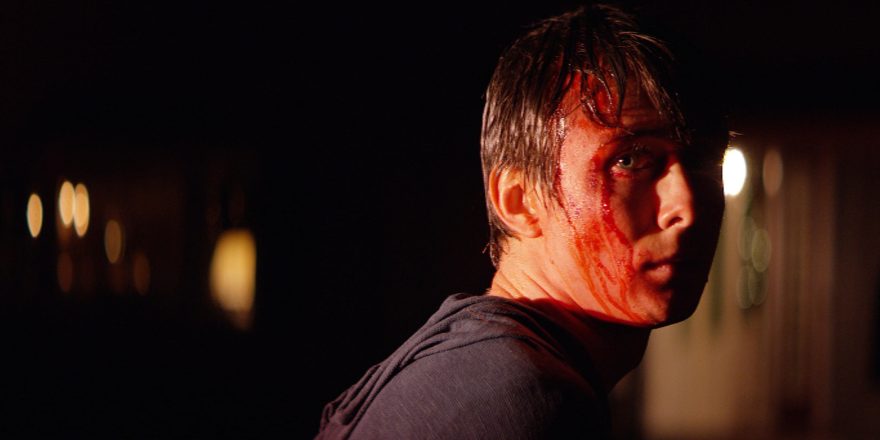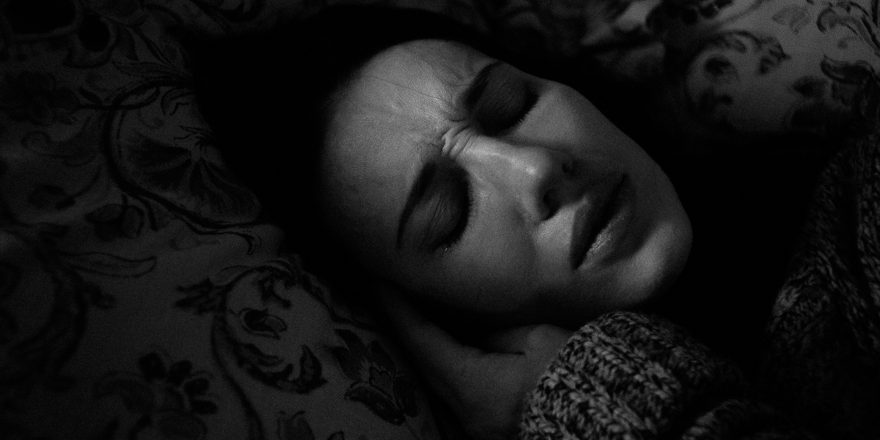Fantasy symbols orient much of my internal landscape. I am truly the girl who speaks fluently in Lord of the Rings, Harry Potter and His Dark Materials references. At about 15, I read The Ainulindalë, Tolkien’s creation story of Arda (Middle Earth during an imaginary period of prehistory), and was blown away by its visceral imagery. I was obsessed with all things Middle Earth throughout childhood, so naturally The Silmarillion (in which The Ainulindalë appears) was on heavy rotation. As an adult, I go back to these pages often for their endless, profound wells of inspiration. I even made sure that Margaret – the main character in my feature directorial debut, The Blazing World – has a copy in her room. The Ainulindalë is the foundation for all that follows in the mythology of Tolkien and is an operatic genesis of good and evil, imbalance and hope, and the triumph of the Creator’s ultimate will. Whenever I’m stuck creatively, I revisit Tolkien’s creation myth and am gently coaxed back into flow. The song of ancient Arda is reminiscent of the cosmic energies swirling around our home, Earth — and the great shadow is among us.
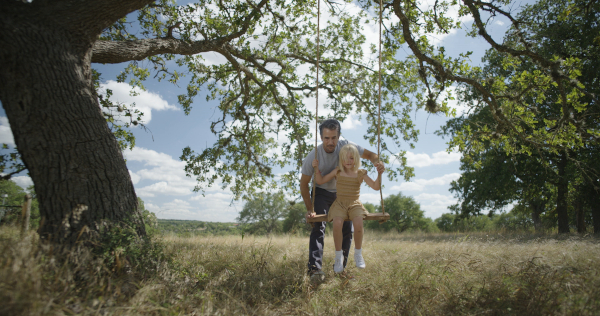
I was nudged into shadow work – that is, embracing with kindness the parts of ourselves that we’ve repressed – after I had a series of recurring dreams in 2016 in which I would sit quietly in an impossibly foggy field and gaze at a gaping black hole in the distance. In the dream, I had the distinct sense that there was something to explore inside that matte black void. I returned there night after night, and the light was always the same. A blue-gray wash over the landscape, cool tones pulsing in a hazy mist. I’m prone to lucid dreaming, but this felt different. Intuitively, I knew that this place I was coming to was sacred for me — a generous entrance to the heart of my roots. A dark place I had not yet had the courage to explore, but would soon. The words of Carl Jung echoed in my head: “One does not become enlightened by imagining figures of light, but by making the darkness conscious.”
Following my instincts, I wrote, directed and starred in a 2018 short film, also called The Blazing World, that essentially sketched the character and the dreamscapes I was seeing. I knew the story was a larger one, but wanted to show others the seed. I’d been enthralled by the 17th-century English writer Margaret Cavendish and her daring, unapologetic world-building, and so felt supported in creating a world of my own. But what would that world look like? As I started working on the outline of the feature version of The Blazing World with my co-writer, Pierce Brown, I believe I unconsciously entered the black hole from my dreams.
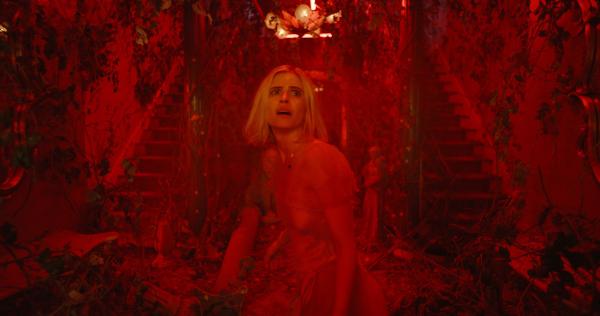
In that darkness, the curiosity of my inner child guided me to pockets of trauma, excruciating sadness, anger, pain — dissociative gaps in my psyche ready to be triggered, processed, and healed. As I wandered the hallways of my mind, seeking understanding, there was a distinct negative force present that reminded me of the Bluebeard tale. Inviting and mysterious at first, the force soon aimed to control the boundaries of my experience and tell me where I could and could not enter. At the same time, I knew deep within me that I possessed a key that would unlock my entire power and set me free, and that this negative force absolutely did not want me to discover that. Like Bluebeard’s wife, I was drawn to the forbidden room of my mind, and the key in my hand would not stop weeping blood unless I went inside. Nothing could stop my instinct from opening that door.
Open the door I did, to reveal a truth about, ultimately, myself — and the ferocious spirit that I am. “Baba Yaga” was the only name I had for what I found in the roots of my own trauma, though I suspect she has many names. She was a deformed tree woman, very powerful, forgotten, ancient, distinctly feminine, and surprisingly kind. For me, she represents the natural power I embody as a woman to subvert predators within my psyche — like a Bluebeard, for example — but also in the waking world. I believe now that by entering these forbidden spaces, asking questions, and engaging in shadow work, we are awakening the Divine Feminine within us and healing trauma that may go back generations. To be honest, I am only just beginning to understand and unravel the tools that are my lived experience, their transformational properties, and their power when paired with an unrelenting compassion for myself, others and nature.
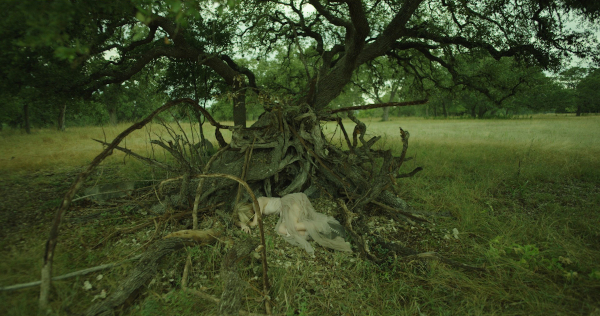
As I reflect on making the feature version of The Blazing World, I believe more than ever that fantasy motifs create bridges between the unconscious and ultimate reality, using language that both the inner child and the adult can understand. As they say in therapy, you cannot heal what you cannot feel — yet so much trauma is solidified in childhood, and those neural pathways remain broken. So we retrace them as adults, over and over. Do we have a chance to heal those early primal wounds? How can we reframe that imaginative, wondrous innocence within us and build trust with our younger parts? For me, some of that healing has begun to occur within epic storytelling — it’s the way my inner child can make sense of the world. Through the genre lens, I hope to continue to make films that provoke internal growth within myself, and so invite the viewer into a shared experience of reflection, excitement, thrill, horror and, hopefully, healing. Our inner children deserve to understand the beauty that they are — that is their birthright.


